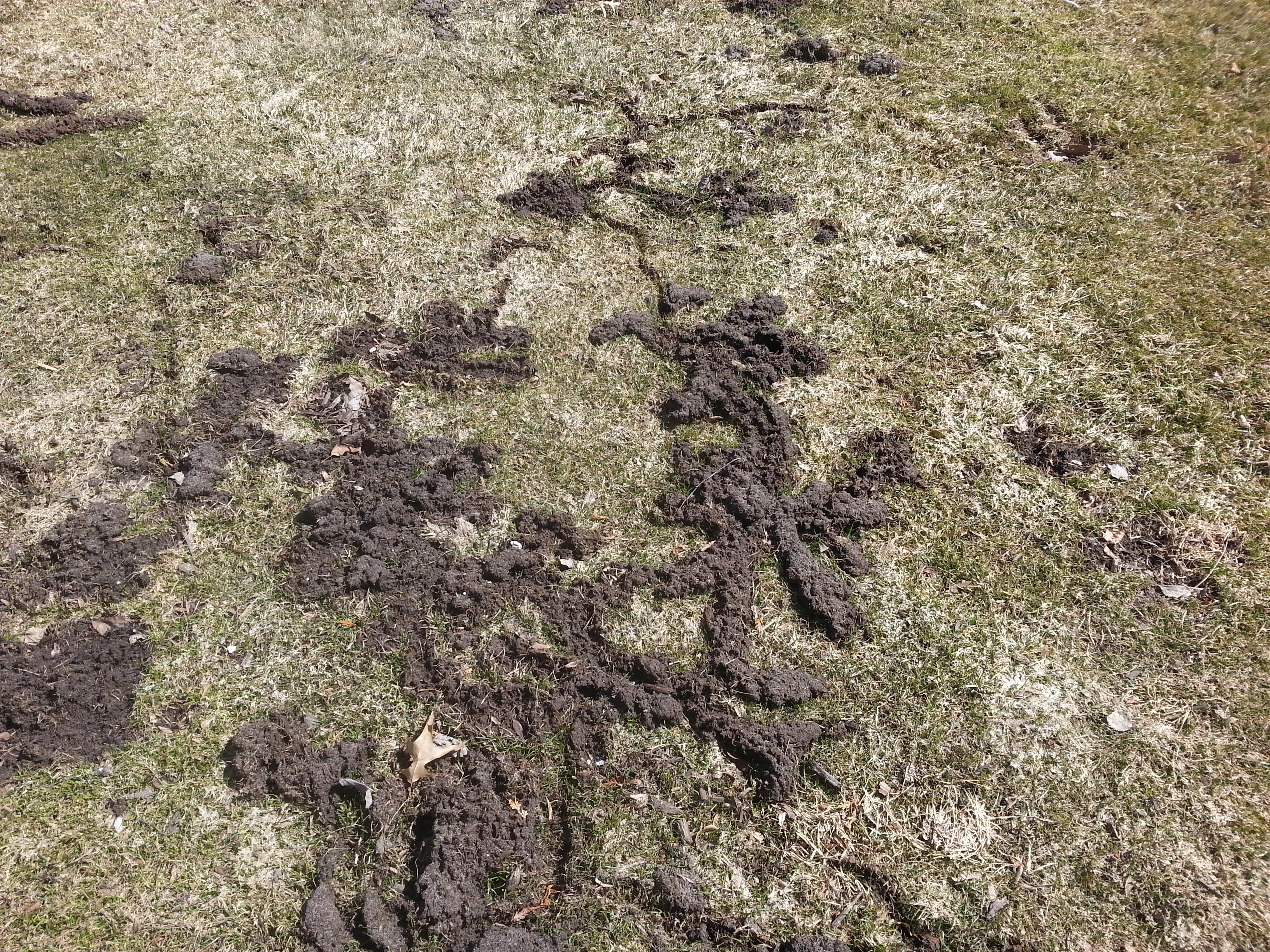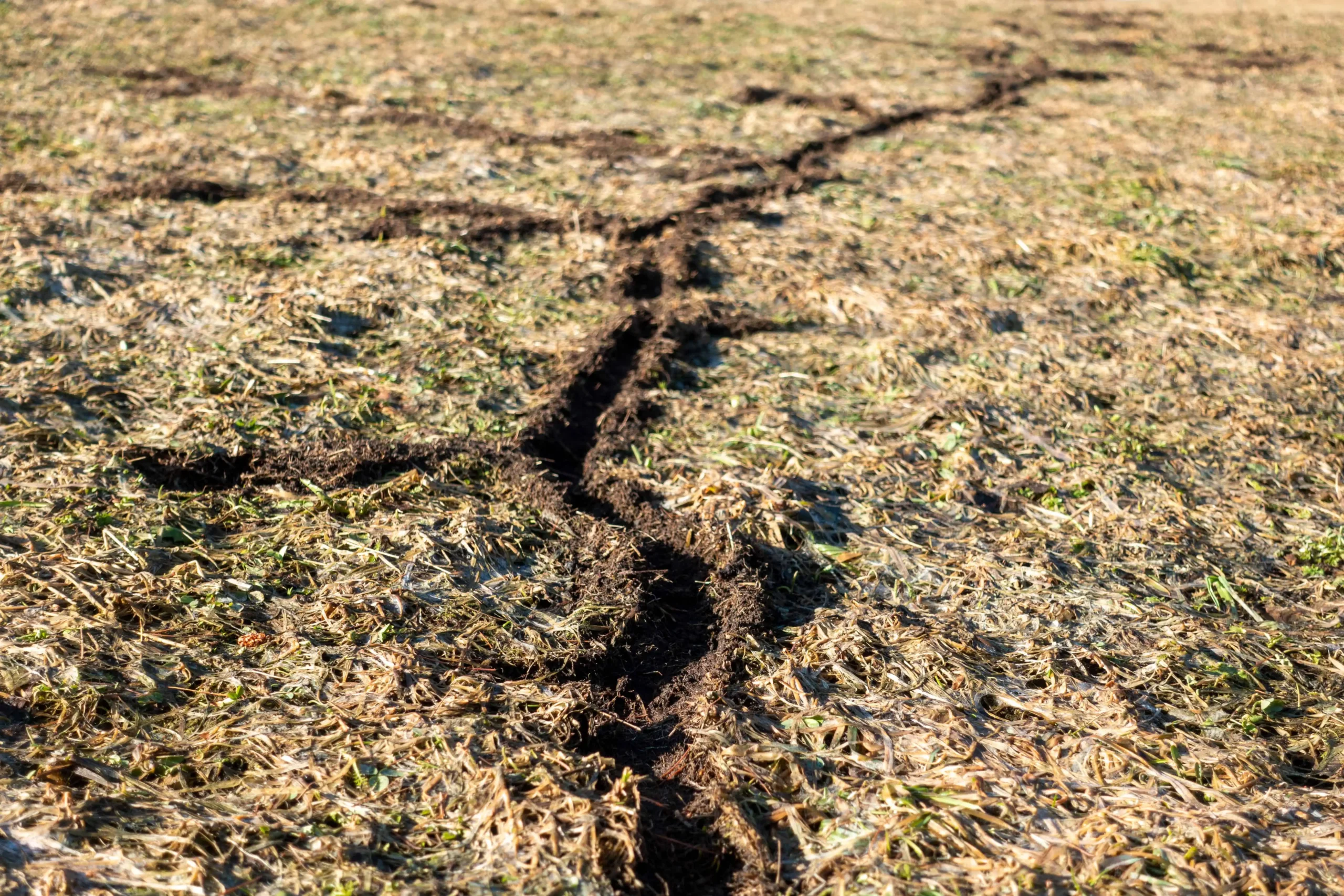Proven Vole Control Methods to Secure Your Property
Grasping Vole Bug Control: Comprehensive Insights on Infestation Prevention and Treatment Methods
As residential property proprietors and caretakers, the existence of voles can posture a significant difficulty to preserving the honesty of our outdoor spaces. Understanding the ins and outs of vole actions is crucial in establishing efficient bug control strategies. By acknowledging the refined indications of vole invasion early on, we can take positive procedures to stop prevalent damages. In this conversation, we will certainly check out the nuances of vole habits, look into the identification of infestation indicators, and reveal one of the most reliable avoidance and therapy techniques. Remain tuned to find the insights that will encourage you to understand vole parasite control and secure your building versus these evasive rodents.
Comprehending Vole Behavior
Taking a look at the foraging patterns of voles supplies important understandings right into their actions and habitat preferences. By observing their foraging habits, scientists can gain a better understanding of where voles choose to develop their environments and the extent of their environmental effect.
Study shows that voles exhibit selective feeding practices, liking seeds, tubers, and roots. This nutritional choice affects their foraging patterns, leading them to areas abundant in vegetation and ground cover. Furthermore, voles are known to produce elaborate tunnel systems for foraging and nesting functions, indicating a high level of versatility to their environments.
Comprehending vole actions is important for applying targeted insect control procedures that disrupt their habitat preferences and foraging activities (vole pest control). By studying their behavior, specialists can establish a lot more reliable prevention and treatment strategies to take care of vole invasions

Identifying Indications of Vole Infestation
Vole infestations can be detected by recognizing specific indications of their existence in an area. Among one of the most common signs of a vole problem is the existence of surface area paths. Voles create networks of slim pathways on the ground that are typically around two inches vast. These runways are often located in grassy locations or below compost or ground cover where voles can move openly and browse for food.
An additional essential indicator of vole invasion is the visibility of little burrow openings in the ground. Voles dig superficial burrow systems with multiple entryways and exits. These burrows offer as shelter and nesting sites for the voles. In addition, voles are understood to leave chewed plant stems, origins, and bulbs near their burrow openings, showing their feeding activity in the location.
In addition, vole droppings can additionally symbolize their visibility. Vole droppings are tiny, brownish, and round in shape, appearing like grains of rice. Discovering these droppings along paths or near burrow openings can validate a vole infestation. By being cautious for these indications, building owners can quickly resolve vole invasions and protect against additional damage.
Executing Aggressive Avoidance Actions

Furthermore, using natural vole deterrents like castor oil-based repellents or killer pee can function as effective preventative steps. It is additionally recommended to routinely evaluate outside rooms for any indications of vole task, such as runways or delve openings, to address prospective problems quickly. vole pest control. By taking on these proactive prevention approaches, residential property proprietors can substantially lower the possibility of vole damages and maintain the health and wellness and aesthetic appeals of their landscapes
Reliable Treatment Techniques
Including targeted trapping techniques and making use of accepted rodenticides are vital parts of reliable therapy strategies for managing vole infestations. Capturing can be a reliable way to lower vole populaces, specifically when put tactically in their active paths. Break traps and live traps can both be effective, with the latter enabling the capture and moving of voles. When making use of rodenticides, it is crucial to follow security guidelines to stop injury to non-target animals and family pets. Location rodenticides in safe and secure lure terminals to lessen risks to unintentional targets. Additionally, environment adjustment, such as decreasing ground cover and eliminating sources of food, can assist click to find out more discourage voles from infesting a location. Routine tracking and upkeep are likewise essential aspects of effective therapy strategies to make certain that vole populaces are kept under control. By incorporating capturing, rodenticides, habitat alteration, and constant surveillance, reliable vole bug control can be achieved.
Surveillance and Upkeep Tips
Maintaining a systematic timetable for surveillance and performing routine upkeep tasks is important to maintain the performance of vole parasite control steps. Normal surveillance permits the very early discovery of vole activity, allowing prompt treatment before problems aggravate. To properly keep track of vole populaces, strategically placed catches can be used in vole paths or near burrow entryways. By on a regular basis inspecting these catches, residential property owners can gauge the degree of vole task and change control techniques as necessary.
In addition, maintaining a tidy and well-kept landscape is important in vole prevention. Clearing up away particles, such as heaps of click resources timber or dense greenery, removes prospective vole habitats. Regularly trimming and trimming grass plants assists reduce vole hiding places and reduces their accessibility to food resources.
Moreover, continuous upkeep of physical obstacles, such as fences or cable mesh, is essential to avoid vole intrusion. Examining and fixing any kind of problems to these frameworks makes sure that vole control stays reliable in protecting residential or commercial properties from problems. By including these tracking and maintenance techniques right into a comprehensive vole parasite control strategy, people can efficiently take care of vole populaces and safeguard their buildings from damages.
Verdict
In verdict, grasping vole pest control calls for a strong understanding of vole behavior, the capacity to identify signs of infestation, carrying out positive prevention actions, reliable treatment techniques, and constant monitoring and maintenance. By taking a thorough approach to vole control, individuals can effectively manage and prevent invasions, ultimately shielding their home and bordering setting from damages caused by these little rodents.
In this discussion, we will check imp source out the subtleties of vole habits, dive into the recognition of invasion indications, and uncover the most effective avoidance and treatment methods.Incorporating targeted trapping methods and using authorized rodenticides are essential components of reliable therapy techniques for handling vole infestations. To effectively keep track of vole populations, tactically placed traps can be used in vole paths or near burrow entries. Checking and fixing any kind of damages to these frameworks makes certain that vole control remains efficient in protecting residential or commercial properties from infestations. By incorporating these monitoring and maintenance techniques into a detailed vole bug control plan, individuals can efficiently take care of vole populations and secure their buildings from damages.